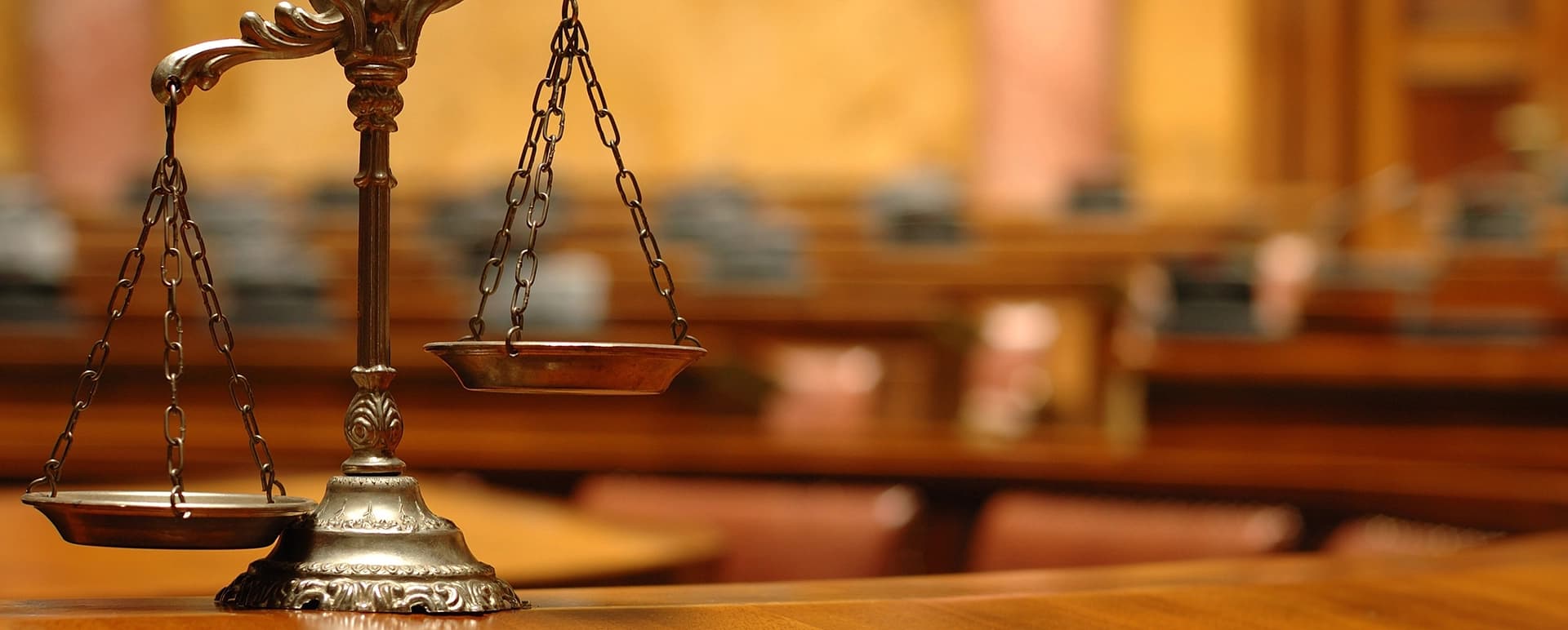Trial Presentation Expert Services for Courtroom Displays
Trial Presentation Expert Services for Courtroom Displays
Blog Article
Mesmerize the Court: Essential Aspects of a Powerful Trial Discussion
Important elements such as recognizing the target market, crafting a compelling narrative, and understanding verbal and non-verbal communication are crucial parts of an efficient presentation. As these variables link, they create a natural technique that not just notifies but additionally engages jurors on numerous levels.

Recognizing Your Audience
Recognizing your audience is an essential aspect of reliable trial discussion. A successful presentation pivots on the ability to comprehend the demographics, values, and tendencies of jurors. This understanding notifies exactly how arguments are mounted, proof exists, and sob stories are crafted, guaranteeing that the message reverberates with the jurors on an individual degree.
Study indicates that jurors come from diverse backgrounds and may have varying levels of understanding regarding legal proceedings. Additionally, comprehending the jurors' potential biases and life experiences allows the test speaker to prepare for arguments and address worries proactively.
Reliable test presentation additionally involves observing jurors' responses throughout the process. Being in harmony with non-verbal hints can offer understanding right into their involvement and receptiveness, permitting real-time modifications in technique. Ultimately, an extensive understanding of the audience not only boosts interaction however also builds relationship, increasing the possibility of a desirable outcome. Involving with jurors as individuals rather than a cumulative unit is important in fostering a solid connection in the court room.

Crafting a Compelling Narrative
Crafting an engaging narrative is important in guiding jurors via the complexities of a case. A well-structured story not only streamlines complex legal principles but additionally engages jurors on an emotional degree, making the information extra relatable and unforgettable.
This message must resonate with the jurors' values and experiences, promoting a link that transcends plain realities. This chronological technique can assist jurors adhere to the development of occasions, highlighting cause and impact.
Integrating human components-- such as personal tales or narratives-- can even more improve the narrative's influence. These elements evoke empathy, allowing jurors to envision the effects of the case on realities. In addition, using a consistent theme throughout the presentation reinforces the major debate, making it easier for jurors to keep important factors.
Inevitably, a compelling story changes a test discussion from a plain address of facts right into a persuasive story that captivates the jury, motivating them to ponder with both reason and emotion.
Utilizing Aesthetic Aids
Including aesthetic aids right into a test presentation can considerably improve jurors' comprehension and retention of details. Aesthetic materials such as graphes, layouts, photos, and video clips can transform complex lawful ideas and evidence right into quickly digestible styles. By engaging several senses, these help enable jurors to envision the instance's crucial elements, making it easier for them to comply with along and understand intricate information.
Moreover, properly designed this website visual help can highlight crucial points and highlight relationships between various pieces of proof. Timelines can efficiently highlight the series of events, while annotated photos can clarify particular information relevant to the situation. This not just help in understanding however additionally reinforces the narrative offered by the attorney.
Overly complex or messy visuals may overwhelm jurors and detract from the message. Eventually, efficient visual interaction can be an effective tool in persuading jurors and helping them reach informed final thoughts.
Understanding Verbal Communication
Efficient verbal communication is crucial in a trial presentation, as it functions as the key methods via which lawyers communicate their arguments and get in touch with jurors. Grasping this skill involves quality, persuasion, and involvement. Lawyers need to express their factors plainly and concisely, avoiding legal jargon that may perplex jurors. Simpleness in language promotes understanding and helps jurors grasp intricate concerns provided throughout the trial.
Moreover, tone and pacing substantially influence exactly how messages are gotten. A certain tone communicates authority, while suitable pacing enables jurors to soak up details without feeling overwhelmed. Lawyers must likewise vary their singing inflections to read highlight vital factors and preserve jurors' rate of interest throughout the presentation.
In addition, the organization of verbal debates is crucial. Structuring the narrative realistically and coherently helps jurors adhere to the attorney's line of reasoning, making it less complicated for them to maintain crucial details. Making use of persuasive methods, such as storytelling, can likewise enhance the emotional vibration of the arguments provided, thereby developing a much more extensive connection with jurors.
Inevitably, grasping spoken interaction not only reinforces a lawyer's case however also promotes trust fund and connection with the court, considerably boosting the possibilities of a beneficial judgment.

Involving With Body Movement
Nonverbal communication plays a vital duty in test presentations, often sharing messages that words alone can not reveal. Body movement, including gestures, pose, faces, and eye call, dramatically influences just how jurors view the reputation and genuineness of the presenter. A certain stance, with shoulders back and an open stance, can infuse trust, while closed-off body movement might suggest defensiveness or unpredictability.

Faces need to show the feelings connected with the instance, strengthening the story being provided. For example, a genuine expression throughout a touching minute can generate empathy and reinforce the sob story. Ultimately, mastering why not try this out body movement is important for efficient trial presentations, as it boosts verbal communication and develops an engaging presence that reverberates with the court.
Conclusion
Finally, mesmerizing the court necessitates a critical approach that includes recognizing the audience, crafting a compelling narrative, utilizing aesthetic aids, grasping spoken interaction, and involving through body language. Each component plays a crucial function in developing an effective test presentation that resonates with jurors on both emotional and intellectual levels (trial presentation). By incorporating these parts effectively, lawyers can dramatically enhance their ability to persuade and influence jury decision-making
Report this page